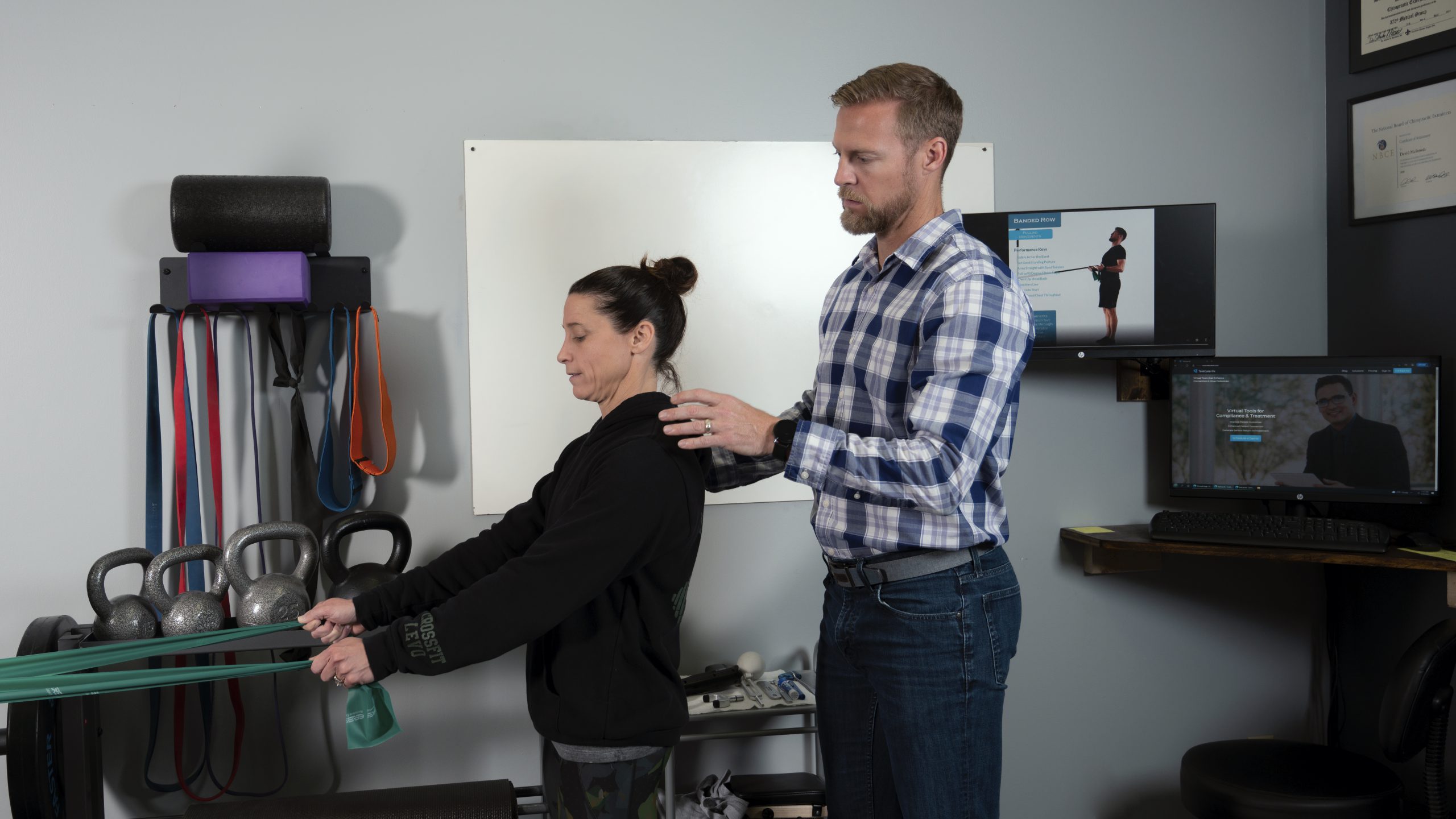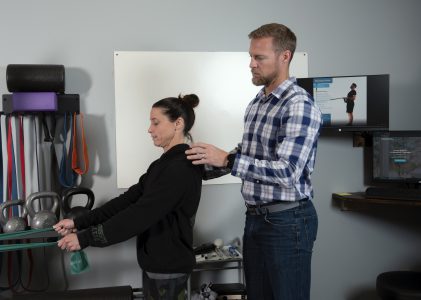Get the “Wow” & Convenience Grab
Welcome back my friends. This post will focus on the best practice concepts for the first visit. As always, we encourage entrepreneurship and creativity. So, if you have a specific way you like to operate, make it happen! At least consider these concepts. They will help you succeed quicker and stress less.
(Full Example Video at the End)
Pre-Visit Setup
Before a patient comes to the office, they general schedule an appointment. Whether its online or over the phone, they will provide pertinent information as well as a date and time. Prior to the appointment, it’s not only easy but critical to create the patient’s profile in TeleCare Rx. An accurate name and email are all you need to setup the profile. Doing so starts a seamless process.
Video Assessment
This is by far the most important part of the first visit. Whether you do a simple posture assessment, a quick movement screen, or an elaborate motion assessment, you must get it in the assessment section of the software. The video and still frames with annotation function as a new age X-Ray. Gone are the days of scaring people into treatment with the “you have an 80-year-old spine” scheme. This is how you show reality and develop a lasting trust and appreciate from the patient in you and your office.
After the patient finishes their remaining paperwork and check-in, my chiropractic assistant simply films a quick upper half or lower half movement screen. We separate the halves of the body at the level of the diaphragm. For the upper half, we have the patient perform a bilateral relay reach, upright row, front rack, and overhead press while holding a PVC pipe. For the lower half, we have the patient do a squat, deadlift, and front lunge. With either assessment, we collect data from the front and side profile which takes less than 90 seconds.
It is extremely rare to receive resistance from the patient for two reasons. First, the patient is generally in need and as the doctor’s office you have the moral authority to gather the information that is pertinent to help the patient. In other words, if your office operates in a confident and professional manner there won’t be any problems. Second, we explain what we are doing and why we are doing it. The general script is as follows:
“Most of the reasons we have (pain) can be found in our postures and movements. We use video assessment to not only identify these problems but allow you to see exactly what is going wrong and how things improve as you get better. Here’s what we’re going to do…”
In summary, create the profile, show professionalism and confidence, and capture an assessment in the software. Doing so will dramatically improve your efficiency and setup the remainder of the first visit.
First Treatment
Some “old-school” practice management firms will have you only do assessment on the first visit. They will neglect any treatment and have you put on an elaborate, yet totally unnecessary show. If this is still something you want to utilize, do what you think is best. My experience is that the patient generally comes to the office with one thing in mind. They want to feel some improvement and that can only happen with treatment.
What type of adjusting you utilize or soft tissue manipulation you use is irrelevant. However, the research is clear that combining chiropractic adjustments, soft tissue manipulation, and rehabilitative exercise will lead to best outcomes for the patient and your practice. Knowing this, our software focuses on convenience and quick technological access. So, giving the patient at-home exercises, stretches, or mobility work is critical on the first visit. What’s even more important is showing the patient that they won’t have to memorize every detail.
We use the software to train the patient on what to do and how to do it. By showing the exercise within the patient’s unique profile, we accomplish some very important things. First, we don’t have to waste time doing the exercise ourselves as an example for the patient. Second, we don’t have explain every detail to the patient because the video does that. And finally, the patient can experience both the physical relief from the exercise and the emotional relief of not needing to remember each aspect of the exercise. They just need to reference their profile!
So, we encourage you to treat on the first visit. But we also encourage you to use the software to streamline the efficiency and compliance of your at-home exercise recommendations.
Patient Education Section
With over a decade of practice experience without the benefit of quality technology, I have experienced the frustration and burnout of patient education. Whether taking precious minutes to speak it out or referencing expensive handouts in expensive folders that eventually get lost or trashed, patient education can be exhausting. Not anymore!
TeleCare Rx comes with a specific Patient Education section that allows you to house your most common recommendations for patient. Whether is ice/heat recommendations or exercise strategies, a simple video highlighting the key points is all you need. Imagine needing only to upload the video into the section and them simply point to it. If you haven’t been in practice long enough to feel the pain, let me tell you… IT’S AMAZING!
Remember, patients only remember a few things from the first visit. They might remember that you mentioned it, but they neurologically can’t remember all the important things from the first few visits. Our software is their virtual portal back to the office. It is their virtual assistant that can reproduce the information with 100% accuracy exactly when they need it most. Now, that’s powerful!
Putting It All Together
Reading this can seem a exciting but also a little overwhelming. Remember, TeleCare Rx was built to be patient centered and technology driven. Everything we just covered was created to produce a powerful and convenient experience for your patients. An experience that doesn’t drive you to burnout, but helps you unleash your passion as a healer.
Check out this example:

